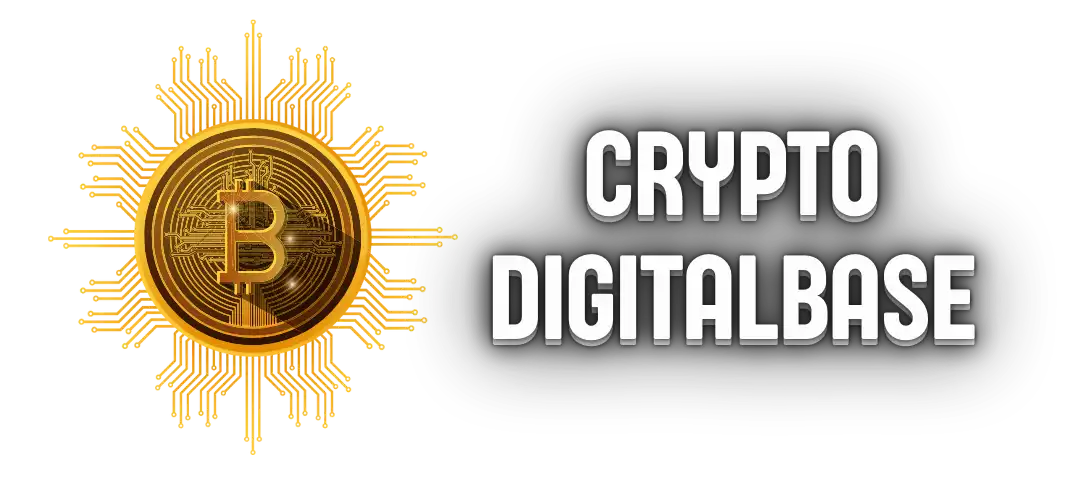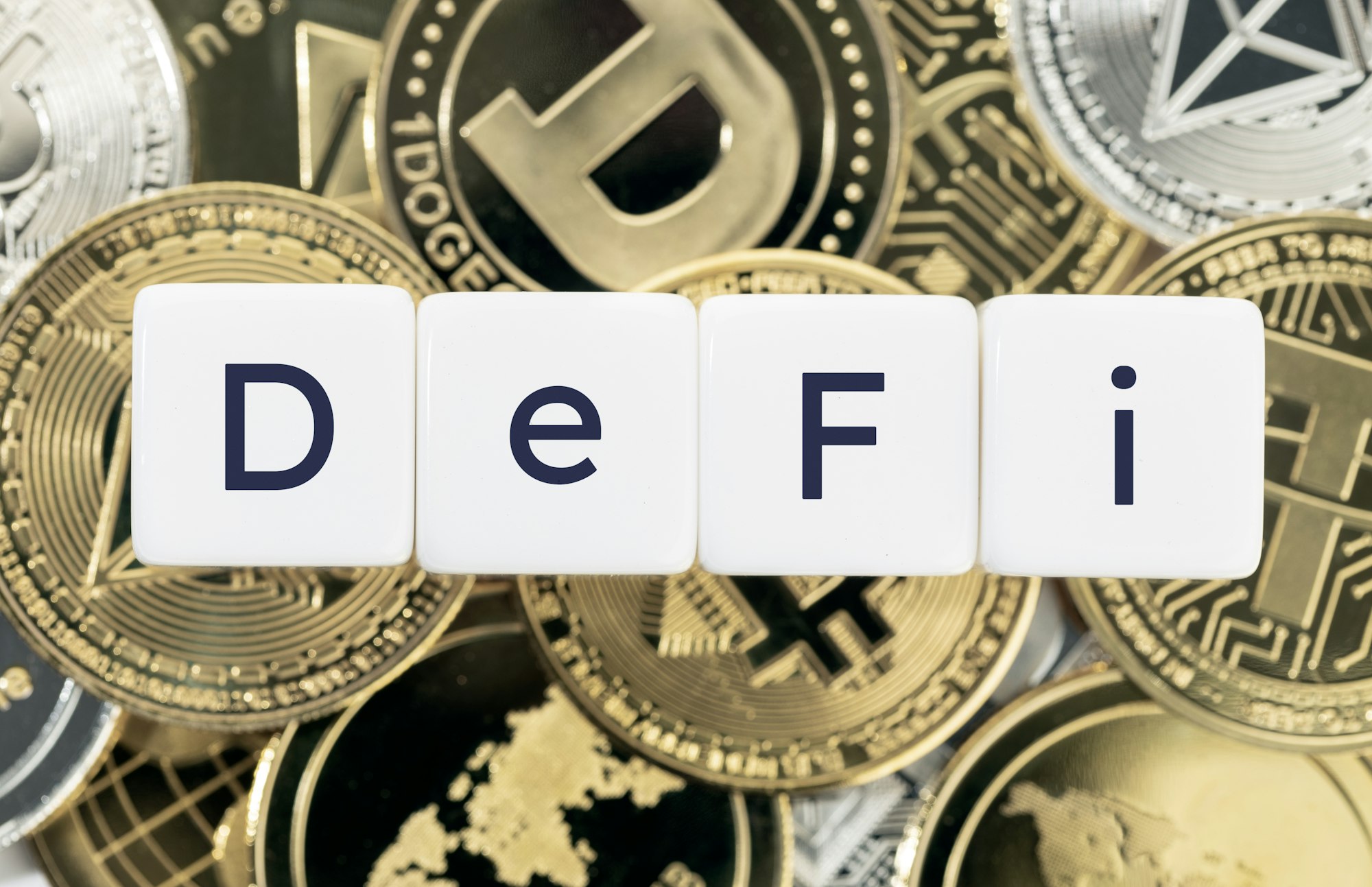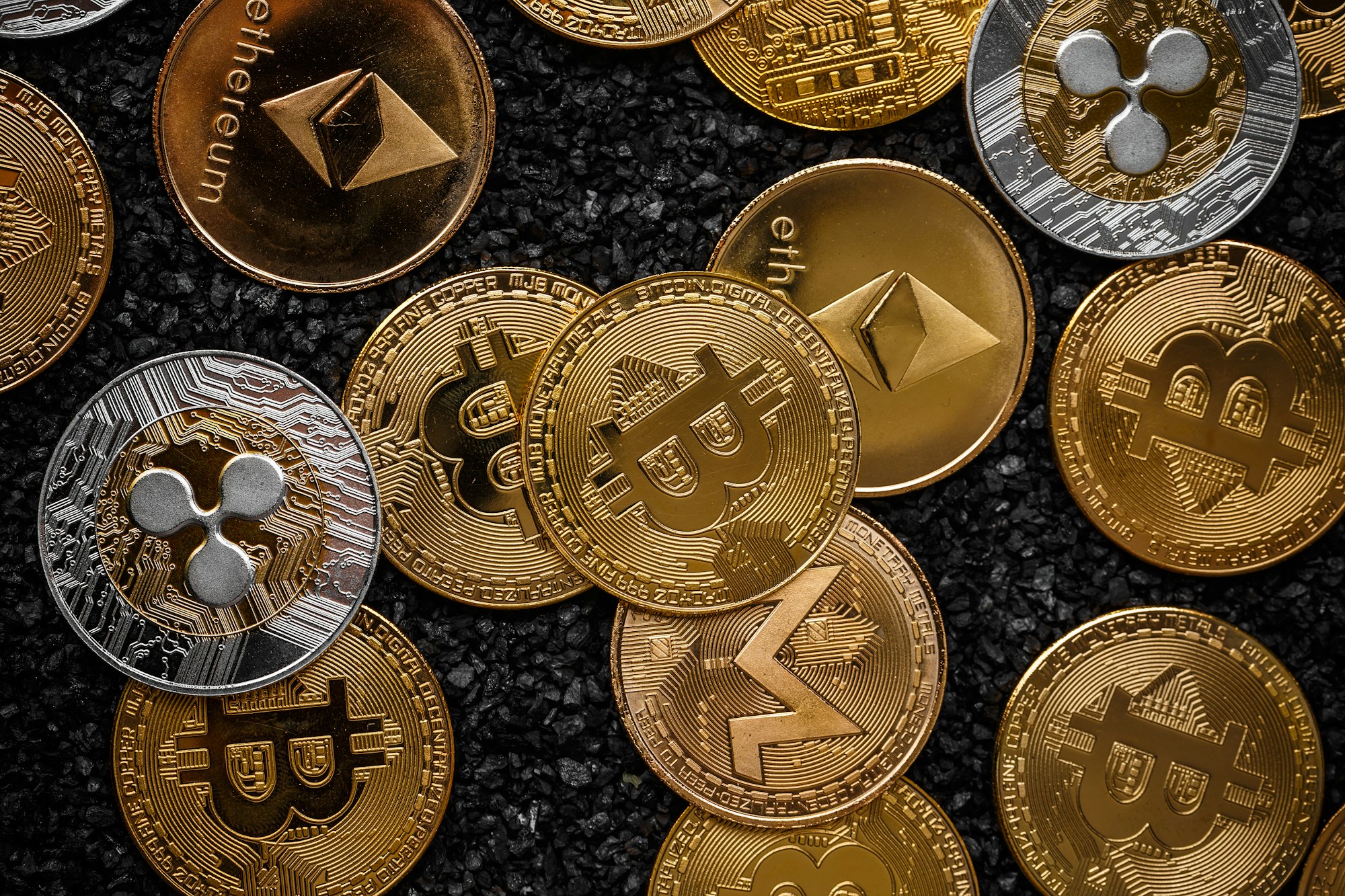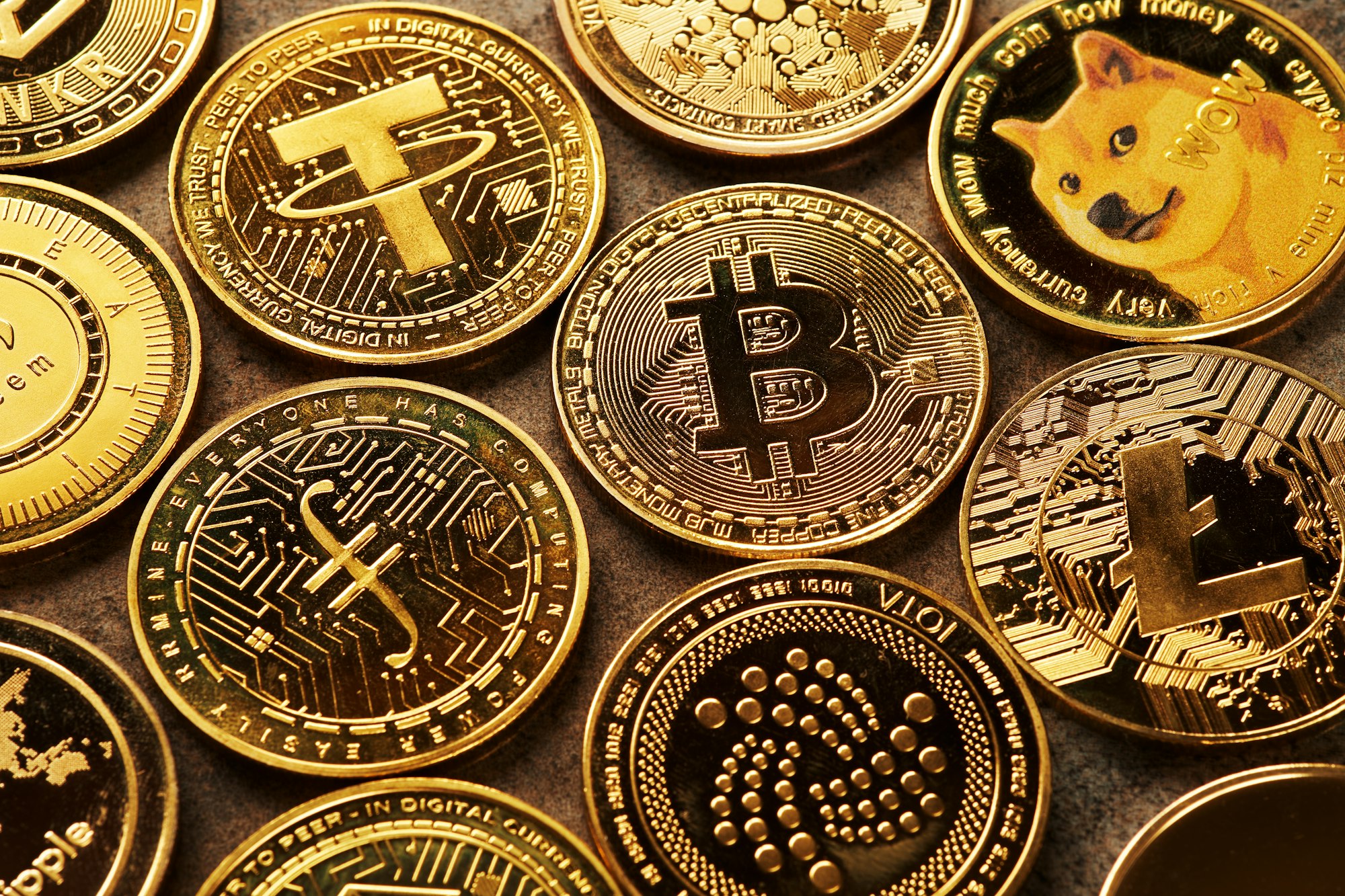Decentralized Finance, commonly known as DeFi, has emerged as a revolutionary concept in the world of finance. It leverages blockchain technology to create a decentralized ecosystem for financial transactions, disrupting traditional financial systems. In this article, we will delve into the intricacies of DeFi, exploring its key components, benefits, risks, applications, and the future implications it holds.
What is DeFi and How Does it Work?
DeFi, short for decentralized finance, refers to financial services built on blockchain technology. It allows anyone with an internet connection to engage with financial transactions without the need for intermediary institutions like banks. DeFi stands in stark contrast to centralized finance, offering users the freedom to lend, borrow, trade, and earn interest using DeFi protocols and smart contracts.
Definition of DeFi
DeFi challenges this centralized financial system by providing a peer-to-peer financial network where users can interact directly without relying on traditional intermediaries.
Key Components of DeFi Ecosystem
The DeFi ecosystem comprises various decentralized applications (DApps), decentralized exchanges, and protocols that facilitate financial activities using cryptocurrencies like Bitcoin and Ethereum.
Role of Blockchain in DeFi
Blockchain technology serves as the underlying foundation of DeFi, enabling transparent and secure transactions on a distributed ledger without the need for a central authority.
Core Components of DeFi
- Decentralized Exchanges (DEXs): DEXs facilitate peer-to-peer trading of cryptocurrencies without the need for intermediaries. Popular DEXs include Uniswap, SushiSwap, and PancakeSwap.
- Lending and Borrowing Platforms: These platforms allow users to lend their crypto assets to earn interest or borrow assets by providing collateral. Notable examples are Aave, Compound, and MakerDAO.
- Stablecoins: Stablecoins are cryptocurrencies pegged to stable assets like the US dollar, aiming to reduce volatility. Examples include Tether (USDT), USD Coin (USDC), and DAI.
- Yield Farming and Liquidity Mining: Yield farming involves staking or lending crypto assets to generate high returns, while liquidity mining rewards users for providing liquidity to DEXs. These activities are central to platforms like Yearn.finance and Curve Finance.
- Insurance Protocols: DeFi insurance protocols offer coverage against smart contract failures, hacks, and other risks. Nexus Mutual and Cover Protocol are leading players in this space.
- Derivatives and Synthetic Assets: These platforms enable the creation and trading of derivatives and synthetic assets, representing real-world assets on the blockchain. Synthetix and UMA are key examples.
- Payment Networks: DeFi payment networks facilitate fast and low-cost transactions. Lightning Network and xDai are prominent solutions in this area.
Benefits of DeFi
- Accessibility: DeFi platforms are open to anyone with an internet connection, removing barriers imposed by traditional financial systems.
- Transparency: All transactions and smart contract operations are recorded on public blockchains, ensuring transparency and reducing fraud.
- Control and Ownership: Users retain control of their assets and private keys, reducing reliance on third-party intermediaries.
- Interoperability: DeFi protocols can interact seamlessly with each other, creating a cohesive and interconnected financial ecosystem.
Challenges and Risks
- Security Vulnerabilities: Smart contract bugs and exploits can lead to significant financial losses, as seen in various DeFi hacks.
- Regulatory Uncertainty: The evolving regulatory landscape poses risks to DeFi platforms, which may face compliance issues in different jurisdictions.
- Scalability: Blockchain networks, especially Ethereum, face scalability challenges that can result in high transaction fees and slow processing times.
- Complexity: The complexity of DeFi platforms can be a barrier for new users, requiring a steep learning curve and technical understanding.
Future Prospects
The DeFi ecosystem is poised for continued growth and innovation. Key trends to watch include:
- Layer 2 Solutions: Layer 2 solutions, like Optimistic Rollups and zk-Rollups, aim to enhance scalability and reduce transaction costs on Ethereum.
- Cross-Chain Interoperability: Projects like Polkadot and Cosmos are working towards enabling seamless interaction between different blockchain networks.
- Institutional Adoption: As DeFi matures, institutional investors are beginning to explore its potential, driving further growth and mainstream acceptance.
- Enhanced User Experience: Efforts to simplify user interfaces and improve educational resources will make DeFi more accessible to a broader audience.
Centralized vs. Decentralized Finance
Centralized and decentralized finance differ in their approach to financial transactions and services. While centralized finance relies on traditional institutions to facilitate transactions, DeFi aims to empower users by providing a peer-to-peer financial platform.
Differences between Centralized and Decentralized Finance
In centralized finance, services like banks and brokerage firms act as intermediaries, whereas DeFi eliminates the need for intermediaries, allowing direct interactions between users.
Impact of Smart Contracts on DeFi
Smart contracts play a crucial role in automating transactions on DeFi platforms, ensuring secure and reliable execution of financial agreements without the need for manual intervention.
Traditional Financial Services vs. DeFi Applications
DeFi applications offer an innovative approach to traditional financial services, providing users with the flexibility to access financial markets, earn interest, and trade digital assets using decentralized platforms.
Benefits and Risks of DeFi
DeFi offers numerous advantages such as enhanced liquidity, peer-to-peer transactions, and opportunities to earn interest on crypto assets. However, it also comes with risks related to collateral requirements, fluctuating interest rates, and security vulnerabilities.
Advantages of DeFi
Users can benefit from increased liquidity, lower transaction fees, and the ability to access financial services without geographic restrictions.
Potential Risks Associated with DeFi
Risks in DeFi include the possibility of smart contract vulnerabilities, collateral liquidation, and regulatory challenges posed by traditional financial institutions.
Understanding Collateral and Interest Rates in DeFi
Collateral is essential in DeFi to secure loans, while interest rates vary based on market conditions, user demand, and the type of DeFi protocol being utilized.
DeFi Applications and Ecosystem
The DeFi ecosystem comprises a diverse range of protocols, DApps, and decentralized exchanges that enable users to engage in peer-to-peer transactions, trade cryptocurrencies, and access innovative financial services.
Exploring DeFi Protocols and Decentralized Exchanges
DeFi protocols like Compound, Aave, and Uniswap provide users with avenues to lend, borrow, and trade cryptocurrencies in a decentralized manner.
Role of DApps in DeFi Ecosystem
Decentralized applications play a vital role in extending DeFi services to users, enabling them to interact with financial applications and manage their digital assets securely.
Liquidity and Peer-to-Peer Transactions in DeFi
DeFi platforms offer enhanced liquidity through automated market-making algorithms and facilitate direct peer-to-peer transactions without the need for a centralized exchange.
The Future of DeFi and Its Implications
As DeFi continues to evolve, emerging trends in blockchain technology and financial innovation are shaping the future of decentralized finance. The interplay between DeFi and traditional financial institutions, along with security and privacy concerns, remains crucial in determining the widespread adoption of DeFi.
Emerging Trends in DeFi and Blockchain Technology
New developments in blockchain technology, such as the rise of stablecoins and governance tokens, are transforming the DeFi landscape and opening up new avenues for financial inclusion.
Interplay between DeFi and Traditional Financial Institutions
The integration of DeFi with traditional financial systems poses both challenges and opportunities, with potential synergies emerging between the two sectors to enhance financial services globally.
Security and Privacy Concerns in the DeFi Space
As DeFi applications grow in popularity, ensuring robust security measures and protecting user privacy are critical aspects that need to be addressed to build trust and confidence in the decentralized financial space.
Conclusion
Decentralized Finance (DeFi) is an umbrella term encompassing a variety of complex financial products and services built on decentralized networks, primarily the Ethereum blockchain.
The goal of DeFi is to give users the ability to access capital and financial services directly, without a third party, such as centralized institutions like banks and the Federal Reserve and Securities and Exchange Commission. DeFi dApps (decentralized apps) enable users to engage with DeFi through decentralized lending, flash loans, savings accounts, and more.
Despite its rapid growth and the billions of dollars locked in DeFi, the ecosystem is still evolving and carries risks, particularly due to its non-custodial and decentralized nature. However, the potential of DeFi and cryptocurrency to transform traditional finance by providing innovative financial products and services is immense.
As more people and institutions explore and invest in DeFi, the world of DeFi might significantly disrupt traditional financial systems, offering more inclusive and transparent ways to access and manage financial resources.
As DeFi projects continue to mature and improve contract logic and user experience, the engagement with DeFi is likely to increase, further highlighting the transformative potential of decentralized finance.





